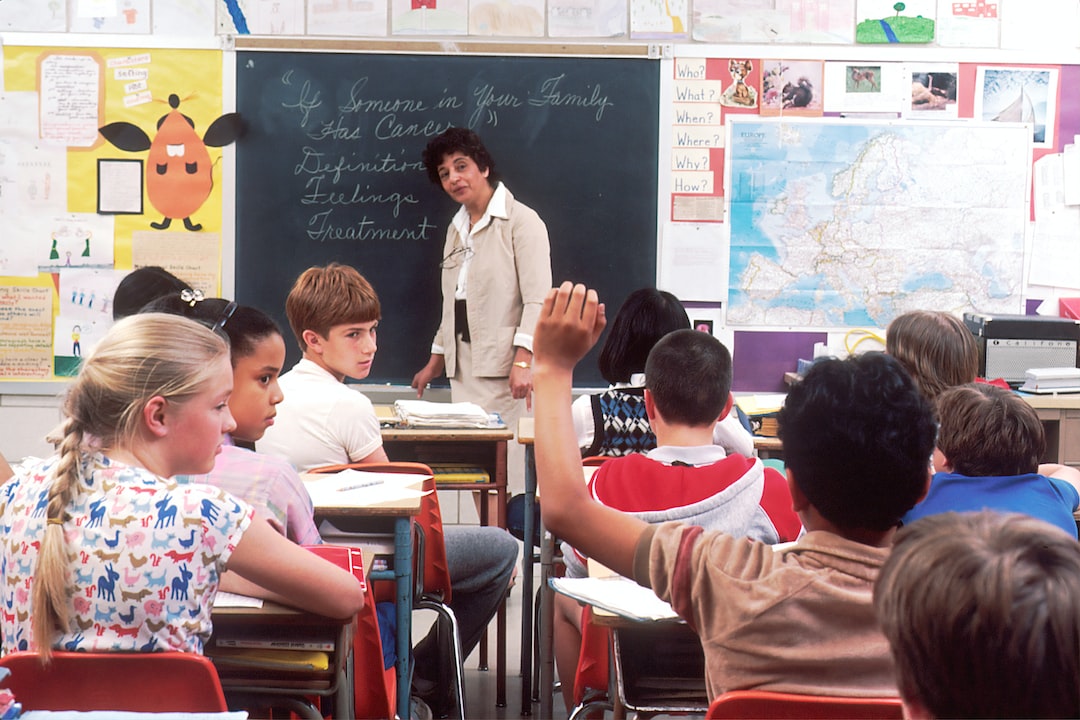Teaching is an art that involves not only imparting knowledge but also engaging students in the learning process. When students are actively engaged, they are more likely to retain information and develop a deeper understanding of the subject matter. As such, it is essential for educators to utilize effective teaching strategies that foster student engagement. In this article, we will explore seven strategies that can help teachers effectively engage their students in the classroom.
1. Incorporate Interactive Activities: Encourage student participation by incorporating hands-on, interactive activities into your lessons. This could include group discussions, debates, experiments, or even role-playing. By actively involving students in the learning process, you can enhance their understanding and make the subject matter more relatable and enjoyable.
2. Use Technology: Integrate technology into your teaching to captivate the attention of tech-savvy students. Utilize educational apps, online resources, and multimedia presentations to make the lessons more interactive and engaging. For example, you can use animations and videos to explain complex concepts, such as timbre in music.
3. Provide Real-World Examples: Relate the content to real-life situations that students can connect with. By drawing connections to their everyday experiences, you can make the subject matter more relevant and interesting. When teaching timbre in music, for instance, you can play various musical instruments or songs and discuss how different sounds or tones contribute to the overall musical experience.
4. Vary Teaching Methods: Avoid using the same teaching method repeatedly, as it can become monotonous and might not cater to the learning styles of all your students. Instead, employ a variety of teaching techniques, such as lectures, group activities, hands-on experiments, or multimedia presentations. By incorporating different methods, you can cater to diverse learning preferences and maintain student interest.
5. Encourage Collaboration: Encourage peer-to-peer learning and collaboration among students. Group projects, problem-solving activities, and class discussions can promote teamwork and critical thinking skills. This also fosters a sense of belonging and encourages students to actively contribute to the learning process.
6. Use Visuals and Graphic Organizers: Visual aids, such as diagrams, charts, or mind maps, can help students visualize and better understand complex concepts. Additionally, graphic organizers can be employed to organize information and facilitate comprehension. For instance, when introducing timbre, you can create a graphic organizer that illustrates the different elements of timbre, such as texture, color, and quality.
7. Provide Constructive Feedback: Regularly provide feedback to students on their progress and learning. Constructive feedback helps students identify their strengths and areas for improvement, motivating them to continue striving for growth. Additionally, personalized feedback can help build a teacher-student relationship based on trust and support.
In conclusion, engaging students in the learning process is crucial for effective teaching. By incorporating interactive activities, utilizing technology, relating content to real-life examples, varying teaching methods, encouraging collaboration, using visuals, and providing constructive feedback, educators can effectively engage their students and create an enjoyable and impactful learning experience. So, whether you’re teaching timbre in music or any other subject, it is essential to apply these strategies to foster student engagement and enhance learning outcomes.
For me information on What Are Timbre in Music contact us anytime.

